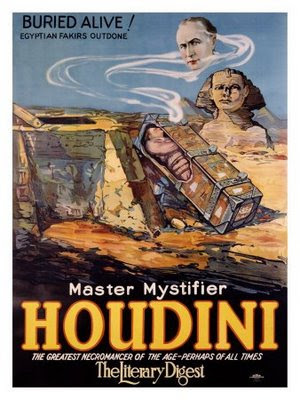Here is a shot-look at the 'dogs' which are on the side of the gears on the lower shaft. They are trapezoidally-shaped metal, part of the gear, and they index w/other such pieces on the next gear.
Think of two
tabs (the 'dogs') on the sides of two round disc surfaces (actually, your gears), riding on a shaft (the transmission shaft), and the discs are free to slide sideways on the shaft. How do you get those discs to turn together at the same time? Slide the discs (gears)
towards one-another, and if they are spinning on the shaft, when they get close-enough, those 'tabs' will come into contact w/one-another, and then make both discs (gears) turn simultaneously.
Now, think of a jigsaw puzzle. Pieces need to fit exactly to make the pattern form into a picture. The surfaces of the
tabs are machined at less than a 90 degree angle, so when they come-into contact w/one-another, the action of their touching, and the angle of the machined surfaces, actually
pulls them together. That is the "
undercut gearset."
Look at the picture, and read the explanation. You will see the design, the purpose, and the shapes.
Why do this? It helps 'introduce' adjoining gears to each other. It allows a quicker, more-
secure gear engagement. And, it helps prevent
missed gears, which is the
tabs not aligning and not allowing the gears to lock-together to turn simultaneously.
My machinist charges $400 for the machine work on a 5 or 6 speed bike box. The gearset is usually two shafts filled w/gears. It requires 'splitting the engine cases' which is to remove the engine from the bike, and separate the upper case from the lower case. Fortunately, on our bikes, the cylinder heads can remain essentially untouched when the cases are split. The bottom case is removed, and the gearset is able to be removed from the top case. This is more-clear if you look at a factory shop manual, they are online in the forum.
Some racing engines are designed w/a 'cassette' gearbox which allows quick access to the entire assembly, once a side 'door' is removed and the shafts/gears are slid-sideways to remove the 'cassette' from the engine case. Much-easier to change gears, as-on a roadracing bike, where different courses require changes in gearing. With this design, you do not need to 'split the cases' to make a repair to the gearbox. It costs more to manufacture, and as most bikes probably get discarded when they encounter gearbox problems, would be an unnecessary expense in manufacturing. We soldier-on past the inconvenience of bad gears to make the repair, because we know the process to repair and to improve the gear function and engagement is worth-it.
What happens to cause the problem we solve w/an undercut gearset? Indifferent attempts at shifting gears where the engagement dogs cannot properly meet one-another;
speed-shifting gears, where the throttle is kept pinned wide-open, and the clutch lever is rapidly 'fanned' (pulled-in and released) as pressure on the shifter moves the next gears into engagement, repeat as-required to accelerate through the quarter-mile. This is especially-tough on the gears, as it 'beats-up' the dogs and eventually they become worn to the point they no-longer engage correctly, nor stay-together. This is when your gears 'jump-out' of alignment, and the engine revs freely. Time for repairs!
Kevin Cameron neither wrote nor contributed to this. I cribbed it-all from
Cliff's Notes for (Not-so-Cheap) VMax Repairs.:biglaugh:
You should examine your shift drum and its shift segment which is the disc containing all those pins on the end of it. Third gear missing in action could be due to a problem w/the pin for selecting third gear. Other causes could be a prior owner having an accident and dropping the bike on its left side when in third gear. This can transmit stresses to the shift fork which cause it to bend and to cause problems w/being able to select third, and to allow it to stay there. Unfortunately, you need to split the cases to make this diagnosis, and is why it's a good economy-measure to replace the shift forks when you have the gearbox apart, along w/the shift drum. A couple hundred dollars in parts is worth-it to keep from having to replace them once you re-assemble the bike and find the problem still exists, the bike jumping-out of gear. It's a 'false-economy' to
not replace the shift forks and the shift drum. In the second picture, you see the other gearshaft has been removed. You can see the shift fork clearly in that space where it should be. The shift fork fits into a machined groove on the side of the gear. Up-and-down movement of your foot on the shift lever is changed to sideways movement of the shift shafts by the shift drum, as the shift shafts slide along a machined zig-zag path on the shift drum.
In the gearset picture, you can see that from left-to-right, the gears which have the machined-groove for the shift shaft 'forks' to index-into, are the second and fifth gears.







